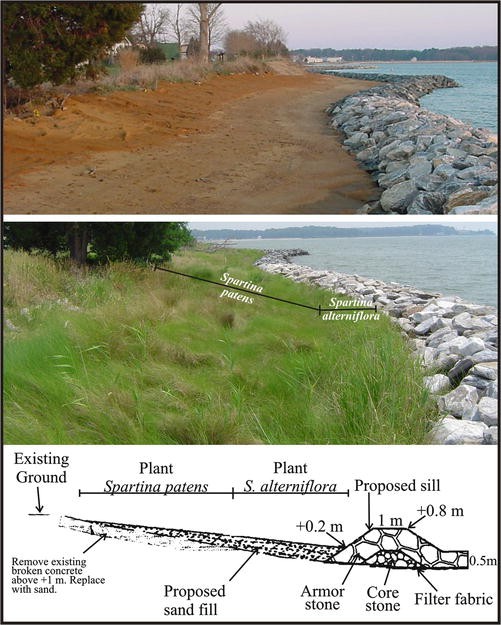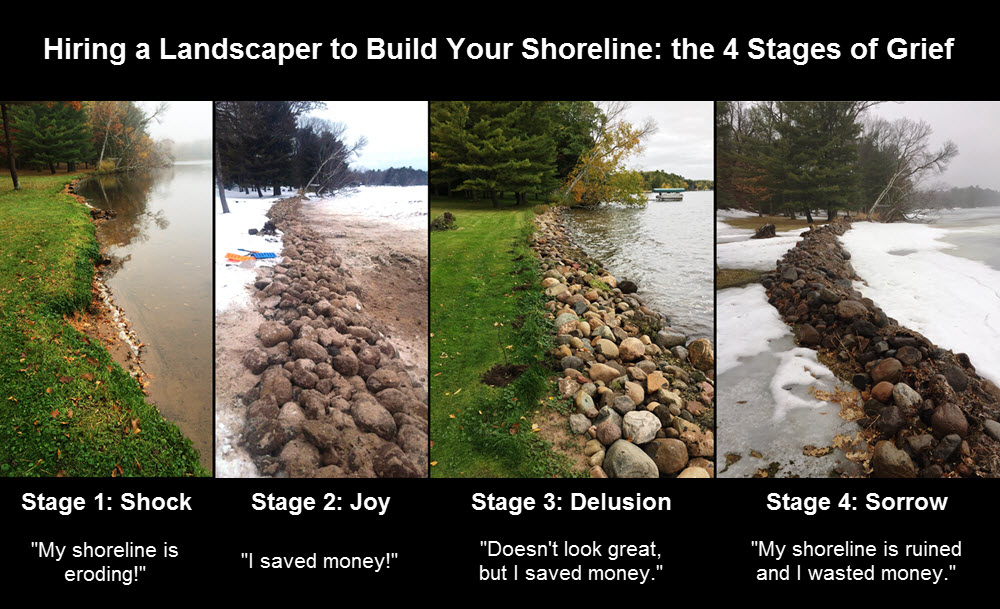Shore Protect Team for Beginners
Unknown Facts About Shore Protect Team
Table of Contents4 Simple Techniques For Shore Protect TeamThe 10-Second Trick For Shore Protect TeamExcitement About Shore Protect TeamThe Of Shore Protect TeamShore Protect Team - QuestionsThe 2-Minute Rule for Shore Protect TeamThe smart Trick of Shore Protect Team That Nobody is Talking About
Decline in building worth: As the location tourist is affected by erosion, so then is the economic climate. Buyers are much less most likely to look for a coastline house that can be damaged at any type of moment by the impending flooding and disintegration emergency situation. In turn, residential or commercial property value can go down immensely and influence the entire area.Whether a beach is just tiny and jampacked or has to shut completely for the safety and security of the environment and close-by properties, this significantly impacts tourist. Subsequently, neighborhood economic situations are impacted (https://justlink.org/details.php?id=399715). Risk of injury: The raised risk of flooding and architectural failings causes a raised threat of injury to nearby travelers and area participants

Shoreline stablizing is straight related to their work. Beachfront resorts: Since shoreline erosion impacts tourist, it affects the success of waterside resorts.
An Unbiased View of Shore Protect Team
This eventually brings about closures and abandoned beachfront properties. Coastal business companies: No travelers implies no company. For those organizations dealing with residents, their home is at threat of damage from disintegration and flooding. Coastal state parks: State parks that exist along shorelines go to danger of damages. Not just to the manmade frameworks and residential properties on site, but also to the all-natural communities that exist within.
Soft stablizing is a far better option for the environment and more sustainable overall. Hard stablizing makes use of man-made frameworks as security to control disintegration. Typically, these structures are set up at appropriate angles or alongside stop sand activity and decrease the force of waves. The majority of types of hard stablizing like seawalls and sheet metal are not optimal for shoreline stabilization.
A Biased View of Shore Protect Team
There's additionally not adequate evidence of their performance depending on the sort of shoreline and local problems. Hard stabilization strategies have a tendency to be much more challenging to mount and don't match the natural visual, sticking out like a sore thumb and damaging neighborhood ecological communities in lots of scenarios. Coastline sustenance is the procedure of adding shed sand and debris back to coastlines after disintegration has actually occurred.
TrapBags help in the process of beach nutrients by securing natural environments and permitting plants to expand. While this procedure can be pricey and is not long-term, the pros often tend to surpass the cons. TrapBag obstacles deal several properties that make them optimal for seaside and shore disintegration defense. They're: Eco-friendly: You can use indigenous soil both to surround and to fill the TrapBags.

Shore Protect Team Fundamentals Explained
Easy to install: Relieve of installation suggests TrapBags can be released swiftly in the occasion of an emergency situation. They can also be installed without any type of hefty equipment. Inexpensive: TrapBags are perfect for both small and big areas of coastline. They give a budget-friendly service to cover projects of any kind of size.
The suitable seawall style counts on location-specific facets, including bordering erosion procedures. There are three main sorts of seawalls: upright, bent, tipped, and mounds (see table listed below). A report released by the United Nations Atmosphere Programme (UNEP) recommends that the tidal wave of 26 December 2004 caused less damage in the areas where natural barriers existed, such as mangroves, reef or seaside plant life.
Natural barriers, such as coral reefs and mangrove forests, avoid the spread of tidal waves and the flow of coastal waters and minimized the flooding and surge of water. A cost-benefit approach is an efficient means to identify whether a seawall is suitable and whether the advantages are worth the expense.
The 5-Minute Rule for Shore Protect Team
A seawall is a static feature which can contravene the dynamic nature of the shore and restrain the exchange of debris in between land and sea. The table listed below summarizes some positive and adverse impacts of seawalls which can be made use of when comparing their effectiveness with other seaside administration alternatives, such as beach nutrients. [] Benefits and negative aspects of seawalls according to Short (1999) Advantages Drawbacks Long-term solution in contrast to soft coastline nourishment.

This can create coastlines to dissipate, rendering them ineffective for beach goers. Generally, seawalls can be a successful method to manage seaside disintegration, but just if they are created well and out of products that can withstand the pressure of ongoing wave energy. Some understanding is needed of the coastal procedures and morphodynamics details to the seawall area.
An Unbiased View of Shore Protect Team
The ideal seawall style counts on location-specific aspects, consisting of bordering erosion procedures. There are 3 major kinds of seawalls: upright, bent, tipped, and mounds (see table below).
Natural obstacles, such as coral reefs and mangrove forests, protect against the spread of tsunamis and the flow of coastal waters and mitigated the flood and surge of water. A cost-benefit strategy is a reliable method to determine whether a seawall is proper and whether the advantages deserve the expenditure.
The Best Strategy To Use For Shore Protect Team
A seawall is a fixed attribute which can clash with the vibrant nature of the coastline and restrain the exchange of debris between land and sea. Benefits and negative aspects of seawalls according to Short (1999) Benefits Drawbacks Long term remedy in contrast to soft beach nutrients.

This can trigger coastlines to dissipate, rendering them pointless for beach goers. Usually, seawalls can be a successful method to regulate coastal disintegration, however only if they are created well and out of materials that can stand up to the force of recurring wave energy. Some understanding is required of the coastal processes and morphodynamics certain to the seawall area.